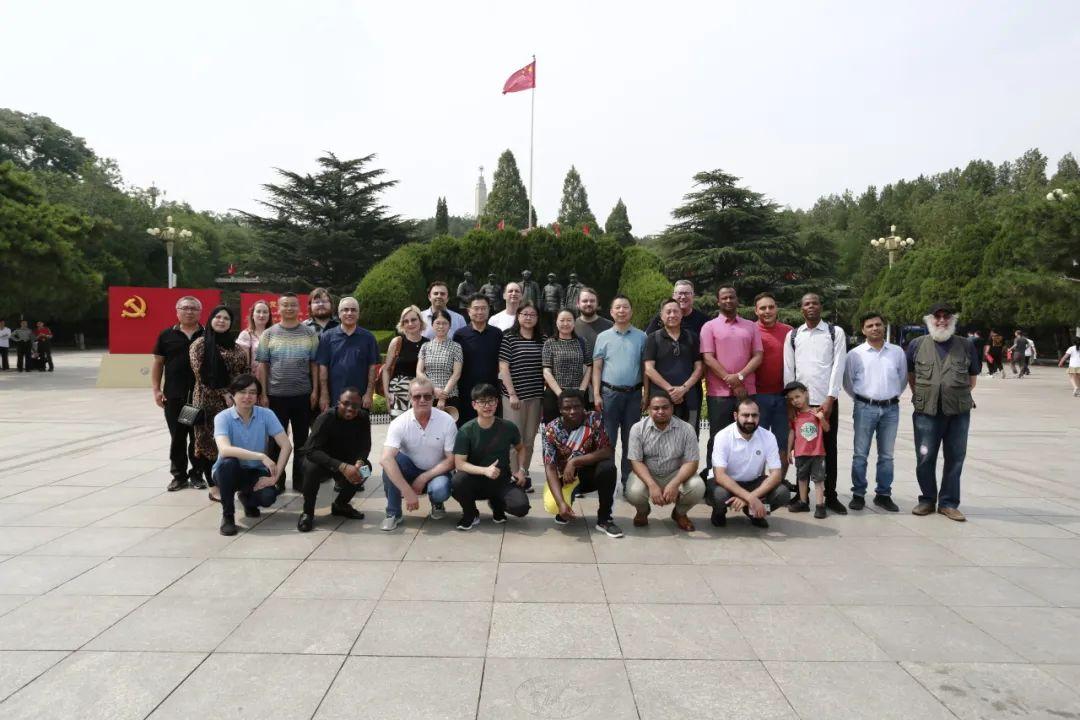Visiting Holy Place of Chinese Revolution
By Staff Reporters

Group photo of experts. (PHOTO: BOTC)
"Although Xibaipo is beautiful, I am more impressed with the political and historical significance of this city," American scholar Mark Levine told S&T Daily during a trip to Xibaipo, one of five holy places of the Chinese revolution in north China's Hebei province.
The 2023 Beijing-Tianjin-Hebei International Talent Exchange Event, held in Xibaipo from July 27 to 28, centered around fostering collaborative services for foreign experts in the Beijing-Tianjin-Hebei region. The event aimed to provide foreign experts with an opportunity to explore the history of Xibaipo, deepen their understanding of the Communist Party of China (CPC)'s glorious journey, and gain insights into the CPC's century-long achievements. More than 20 foreign experts from Beijing, Tianjin and Hebei participated in the event.
The experts visited the Xibaipo Memorial Museum and the former site of the CPC Central Committee, taking time to stroll along a cultural corridor to learn the history of Xibaipo and its special place in the Chinese revolution. This allowed them to experience the arduous years of the Chinese people before the founding of the People's Republic of China.
Meanwhile, foreign experts immersed themselves in the serene landscapes of Baili Waterside Ecological Town in Xibaipo, embracing the fruits of the region's ecological development. According to Professor Bahador Bagheri from Peking University, this journey was incredibly rewarding, as they collectively explored an essential chapter in China's modern history while admiring the picturesque beauty of lush mountains and lucid waters.
During the event, round table discussions were held with foreign experts on topics such as "Coordinated Development in the Beijing-Tianjin-Hebei Region" and "Telling China's Story to the World." They emphasized it is necessary to further utilize the vibrant materials from daily life to produce multilingual videos and books to showcase the Chinese people's diligence, courage, kindness and warmth to the world.
This article is also contributed by Beijing Overseas Talents Center (BOTC).







